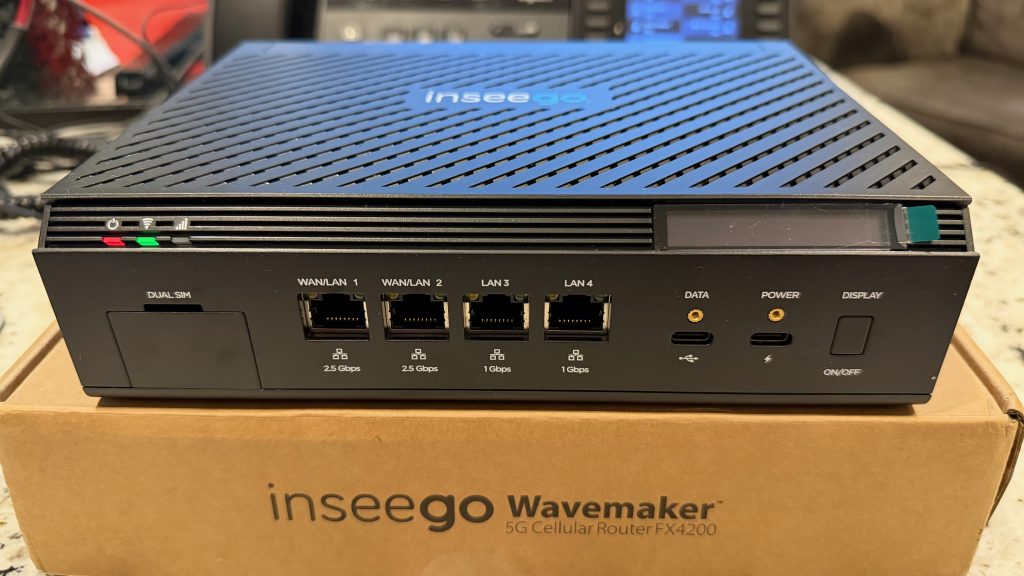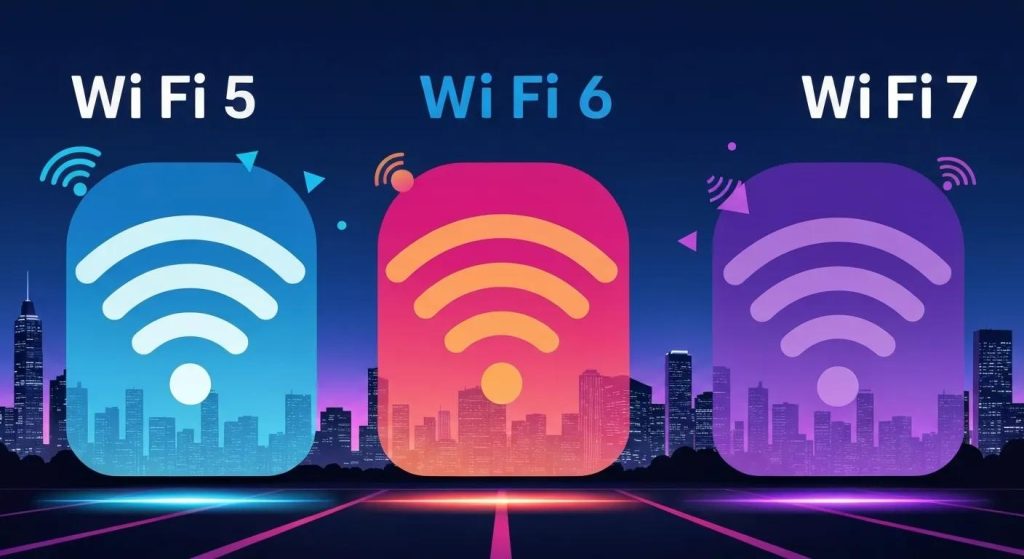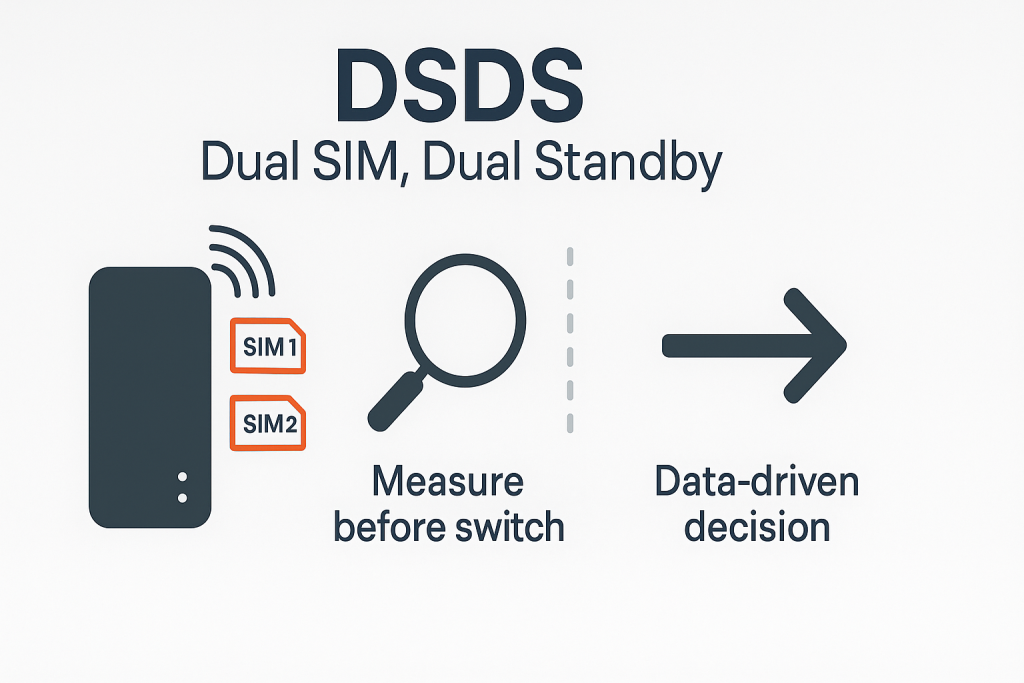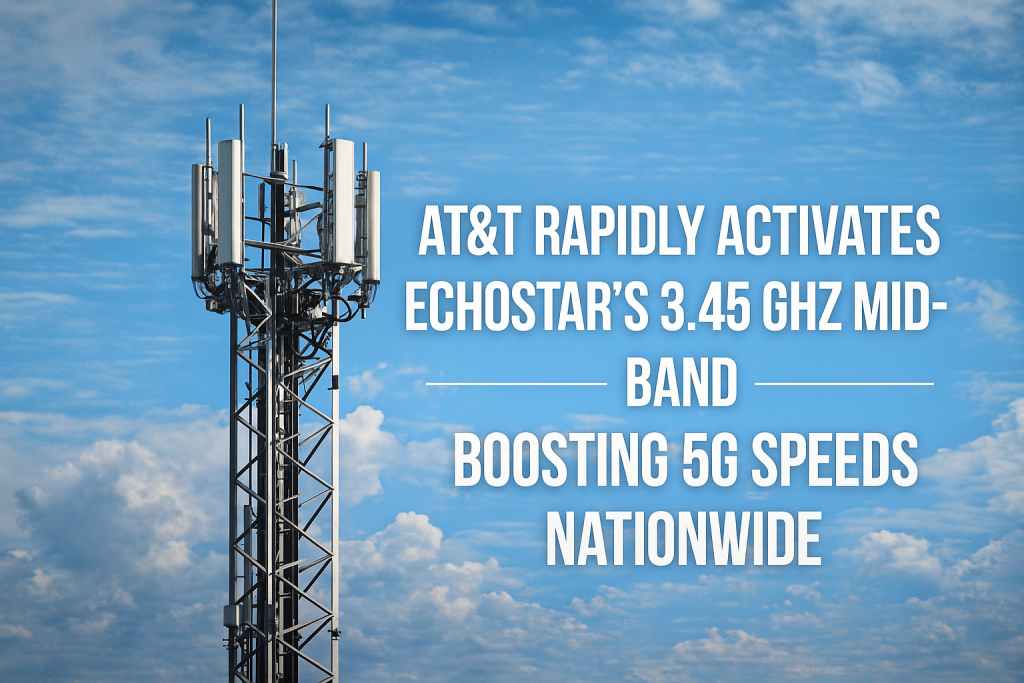If you have been waiting for a 5G fixed wireless solution that feels like an enterprise router instead of a bigger hotspot, the new Inseego Wavemaker FX4200 paired with the X700 mesh nodes is worth a serious look. Together they bring 5G NR, modern WiFi, and easy mesh expansion into a single, cloud managed platform […]
Unlocking 5G RedCap for IoT
5G RedCap (Reduced Capability), also known as NR-Light, is a streamlined 5G New Radio profile designed to deliver moderate throughput, lower power consumption, and reduced hardware complexity for mid-tier IoT devices. This article explains how RedCap reduces RF and protocol complexity to lower module cost and extend battery life while preserving key 5G capabilities such […]
WiFi 5 vs WiFi 6 vs WiFi 7
This authoritative press-release style overview announces a clear, practical comparison of WiFi 5, WiFi 6, and WiFi 7 for professionals and consumers evaluating wireless upgrades. Readers will learn the defining technologies, real-world speed and latency expectations, frequency band implications (including 6 GHz and WiFi 6E), and actionable upgrade guidance tailored to gaming, enterprise, VR/AR, and […]
Teltonika Launches New Mobile Apps for Easier Router Management and Remote Connectivity
Teltonika Apps Bring Simple and Powerful Network Control to Your Fingertips Teltonika Networks has introduced a new family of mobile apps that make network management easier, faster, and more accessible. These tools allow users to monitor connections, adjust settings, view performance, and troubleshoot directly from a smartphone or tablet. For many businesses, these apps eliminate […]
Empower Your Business with T-Mobile 5G
T-Mobile US, Inc.’s combination of Edge Control and T-Platform represents a new class of Advanced Network Solutions that pair 5G Advanced with Local Breakout and unified management to deliver mission-critical connectivity for enterprises. This article explains how these technologies work, why low latency and data sovereignty matter, and how organizations can map capabilities to measurable […]
Starlink Launches Affordable 200 Mbps Plan and How Amazon Leo Will Shape the Future of Satellite Internet
Starlink Introduces a More Affordable 200 Mbps Plan Across the U.S. What This Means for Connectivity and Why Amazon Leo Will Heat Up the Market Soon Satellite internet continues to evolve quickly, and the latest development is a new, more affordable Starlink plan designed to deliver typical download speeds in the 80 to 200 Mbps […]
How to Enable iPhone USB Tethering on Peplink
Good news for mobile pros and failover planners: Peplink firmware 8.5.3 special build (s024) introduces direct iPhone USB tethering on many models. You can plug an iPhone into a router’s data-capable USB port and use it as a WAN for emergency backup, field work, and temporary sites. Important testing notice: This is a pilot/test build intended for evaluation only. Features, stability, and supported models […]
Teltonika Calyx 4G and 5G RedCap HAT+ A New Path to Cellular Raspberry Pi IoT
Teltonika Calyx Brings 4G, 5G, and 5G RedCap to Raspberry Pi Builders If you work with Raspberry Pi or other single board computers, you have probably used USB dongles, external routers, or homegrown carrier boards to bring cellular connectivity into your projects. That works, but it is not always pretty, repeatable, or industrial. Teltonika is […]
What Is DSDS (Dual SIM, Dual Standby) — And Why It Changes the 5G Router Game
Businesses have leaned on multi-carrier strategies for years to keep sites online: one device, two SIMs; or two devices/two modems. Until now, though, “two SIMs in one modem” has mostly meant a blind, disruptive failover: the router drops the current SIM and hopes the other carrier is better. If it isn’t, you just traded one problem for […]
AT&T Rapidly Activates EchoStar 3.45 GHz Spectrum to Boost 5G Speeds Nationwide
AT&T Rapidly Activates EchoStar’s 3.45 GHz Spectrum and Sets a New Benchmark for 5G Deployment At 5Gstore, we monitor spectrum activity closely because it often reveals where performance improvements will happen before customers see the results firsthand. Spectrum is the fuel of wireless networks. When a carrier lights up a new band, customers on compatible […]











